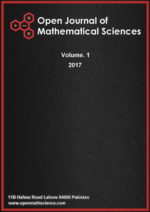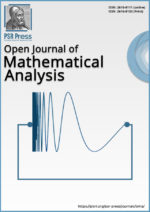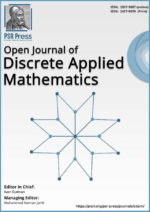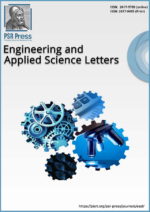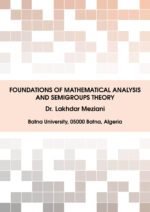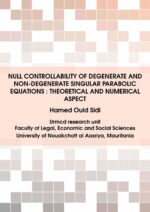On norms of derivations implemented by self-adjoint operators
Abstract:In this paper, we concentrate on norms of derivations implemented by self-adjoint operators. We determine the upper and lower norm estimates of derivations implemented by self-adjoint operators. The results show that the knowledge of self-adjoint governs the quantum chemical system in which the eigenvalue and eigenvector of a self-adjoint operator represents the ground state energy and the ground state wave function of the system respectively.


